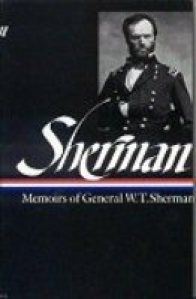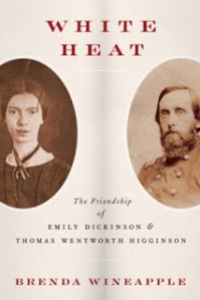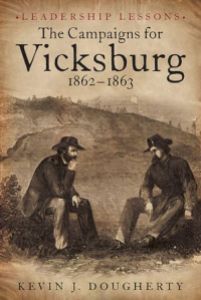 Sherman: Memoirs of General W.T. Sherman by William T. Sherman is a must book for anyone serious in learning about the life and experiences of Union General William T. Sherman.
Sherman: Memoirs of General W.T. Sherman by William T. Sherman is a must book for anyone serious in learning about the life and experiences of Union General William T. Sherman.
I have read numerous Civil War books, including the prominent historical volumes by the leading scholars. Reading these volumes led me to begin reading the memoirs and books of the significant people involved in the war – Grant, Longstreet, etc. Sherman’s memoirs have been the most fascinating.
Sherman is an interesting writer. His descriptions of early California life were beautiful. It paints a great picture of 1840’s San Francisco and northern California. In other places, the writing bogged down where it felt you were reading a military TO&E (table of organization and equipment).
Sherman was not a failure in anything that he did. On the contrary, I think he led a full and fascinating life that would be difficult to duplicate in the present times, even with our transportation abilities. Sherman was a brilliant military leader and you feel as though you are with him throughout his many marches and campaigns. He includes many letters and orders in the book that I believe substantiate his writing and give proof that he was one of a kind.
I was surprised to learn that he served as commanding general of the US Army from 1868 – 1884, longer than any other person. That would be like being US Army chief of staff today for 16 years!
Yes, the book did have some hubris and he did defend some of his actions. All in all, a must read.
Jimmie Aaron Kepler is a novelist, poet, book reviewer, and award-winning short story writer. His work has appeared in over twenty venues, including Bewildering Stories, Beyond Imagination, The Dead Mule School for Southern Literature, Poetry & Prose Magazine, and vox poetica. When not writing each morning at his favorite coffee house, he supports his literary habit working as an IT application support engineer. He is a former Captain in the US Army. Kepler’s Military History Book Reviews was named a 100 best blogs for history buffs.


 Photos were taken by Jimmie Aaron Kepler on November 11, 2009, at Davis Hall, The University of Texas at Arlington, Arlington, Texas.
Photos were taken by Jimmie Aaron Kepler on November 11, 2009, at Davis Hall, The University of Texas at Arlington, Arlington, Texas.
 Jimmie Aaron Kepler is a novelist, poet, book reviewer, and award-winning short story writer. His work has appeared in over twenty venues, including Bewildering Stories and Beyond Imagination. When not writing each morning at his favorite coffee house, he supports his writing, reading, and book reviewing habit working as an IT application support analyst. He is a former Captain in the US Army. His blog Kepler’s Book Reviews was named a 100 best blogs for history buffs in 2010. You can visit him at
Jimmie Aaron Kepler is a novelist, poet, book reviewer, and award-winning short story writer. His work has appeared in over twenty venues, including Bewildering Stories and Beyond Imagination. When not writing each morning at his favorite coffee house, he supports his writing, reading, and book reviewing habit working as an IT application support analyst. He is a former Captain in the US Army. His blog Kepler’s Book Reviews was named a 100 best blogs for history buffs in 2010. You can visit him at 






